- We bought a 2025 BMW X3 for our One-Year Road Test fleet.
- Ours has the base 2.0-liter engine and xDrive all-wheel drive.
- We'll be testing the X3 for 12 months and 20,000 miles.
2025 BMW X3: What's It Like to Live With?
We’re putting one of BMW's strongest sellers through a 12-month, 20,000-mile test
Over the last decade, BMW’s SUVs have begun an upmarket shift, and it isn't just their prices that have inflated. Today's redesigned X3 is larger, taller and heavier than the first-generation X5 of the late 1990s. What was once BMW’s smallest SUV offering is now moving up in the world, and its smaller sibling, the X1, has bulked up to fill the space it left behind.
The 2025 model we purchased marks the beginning of a new generation, which is expected to expand over the coming years with electrified variants as well as high-performance M models. As such, we've decided to take a glimpse into the future by spending some time with the base SUV that underpins current and future models.
What did we get?
For 2025, the BMW X3 is only available in two trim levels, both of which come standard with all-wheel drive. The range-topper for now is the sporty M50 xDrive, which pairs more aggressive styling with a 393-horsepower turbocharged inline-six engine. This isn't the one we bought.
Instead, we went with the current base model, the X3 30 xDrive, as it’s the one most people will buy because it's less expensive. While its 255-hp turbo inline-four engine is less potent than what you get in the M50, it's expected to be more efficient. In terms of options, we kept things fairly light with the single most expensive add-on being the $3,400 Premium package. Given that it’s the only way to get adaptive cruise control, a curved display and a panoramic roof, it was a must.
From there, we paid $650 for this X3’s Arctic Race Blue paint, $600 for its 20-inch two-tone wheels, $200 for the Parking Assistance package, and $235 for all-weather floor mats. Thankfully, its dark brown interior finish was a no-cost option.
Add in a $1,175 destination fee, and our new BMW X3 cost us $56,260, representing only a modest increase over its $51,125 base price. (Edmunds purchased this vehicle for the purposes of evaluation.) Still, while BMW's latest is priced similarly to an Audi Q5 or a Mercedes-Benz GLC, it costs significantly more than SUVs like the Hyundai Santa Fe and the Kia Sorento, distant rivals that go toe-to-toe in terms of available features and space. Does the X3 feel premium enough to fend off an emerging class that's also making an upmarket push?
Why did we get it?
The simple truth is the BMW X3 is not only all-new, it’s extremely popular. Within BMW’s lineup, it's one of its best-sellers, falling second only to the larger X5. Last year, it outsold the aforementioned Q5, the GLC, and the Porsche Macan. As such, the X3 is important to both BMW as a brand and you, the consumer.
This updated X3 sports an interior that's more in line with the rest of the brand's lineup, opting for a minimalist layout that's light on buttons, heavy on screens, and has more than a few quirky bits. Its air vents, for one, now require the use of a small plastic lever to adjust, making it difficult to dial in the precise amount of air flow you want. Simultaneously, most of its vital controls are now adjusted via its central touchscreen, meaning you'll be interacting with its display as you adjust your settings on the move. Over the next year, we will test if these updates are true improvements or just changes made with form over function in mind.
Even if the base X3 30 xDrive is less expensive than the M50 xDrive model, it still makes a compelling case that it deserves a spot in your garage thanks to its slightly softer ride. It's a driving experience that, in our testing so far, has proven to retain the sportiness BMW is known for without pairing it with unnecessary firmness. Over the next 20,000 miles, we'll see just how well this latest X3 performs at our test track, on road trips, and in plenty of real-world commuting.
Photos by Keith Buglewicz
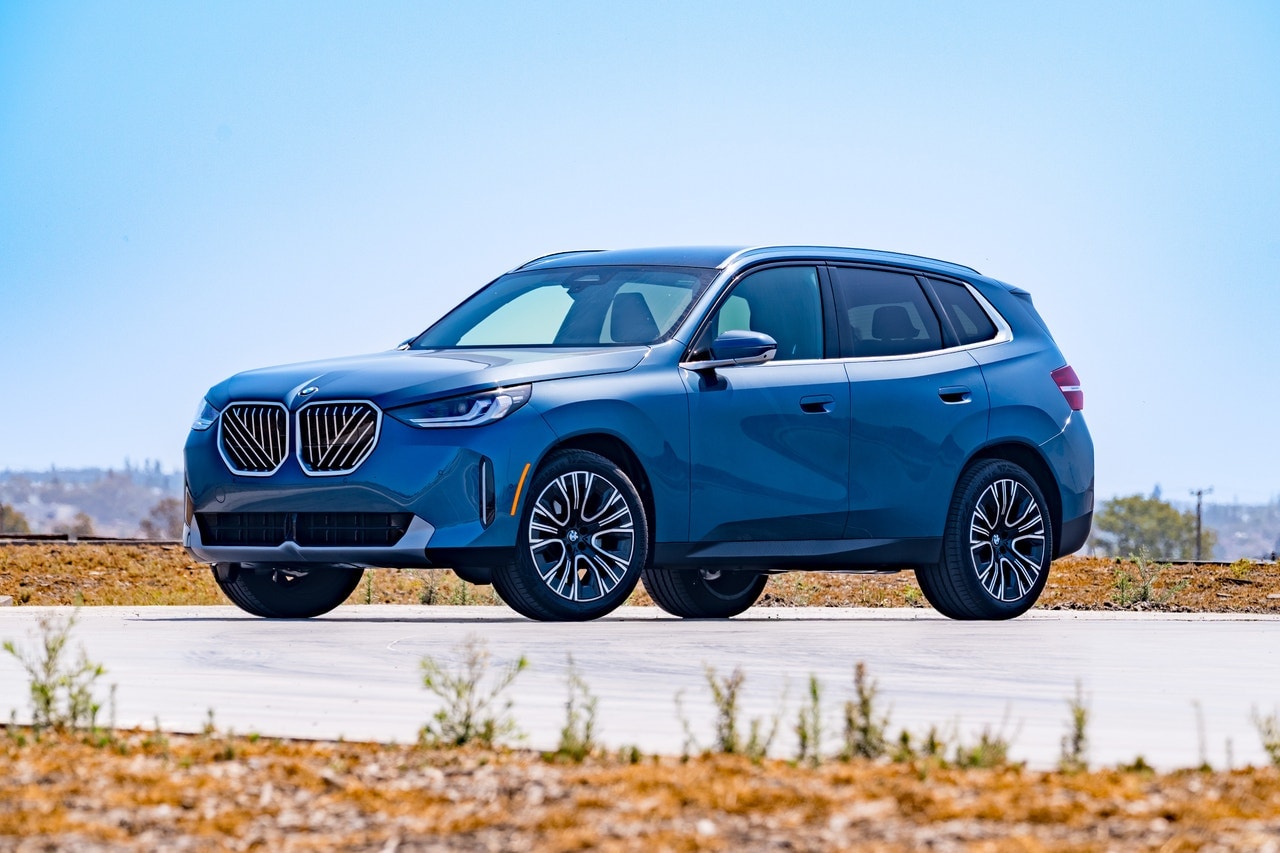
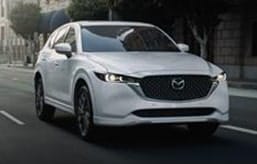
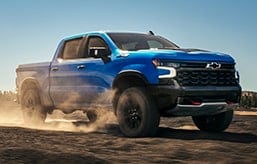
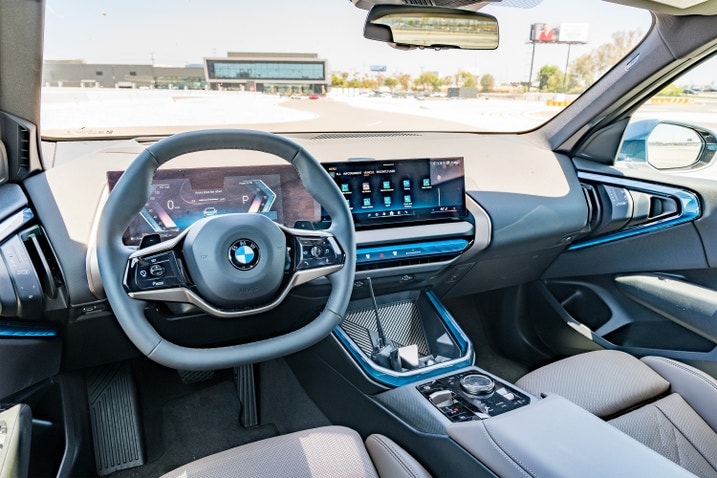
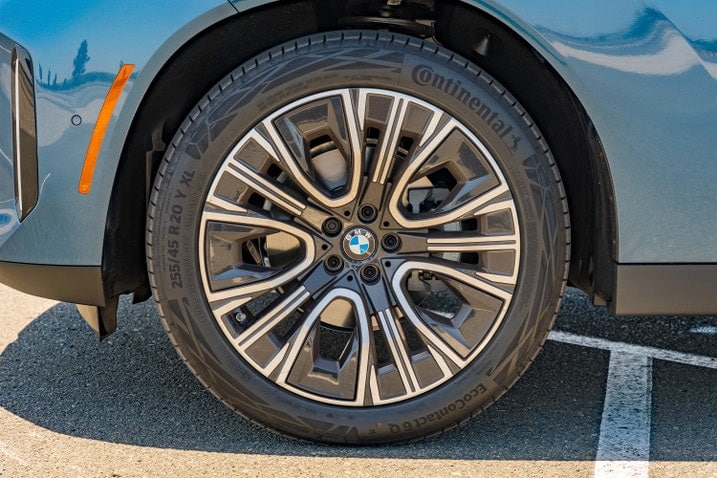
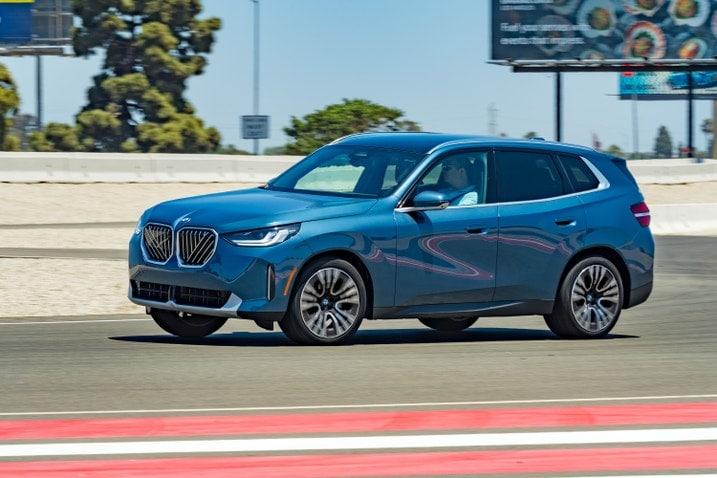
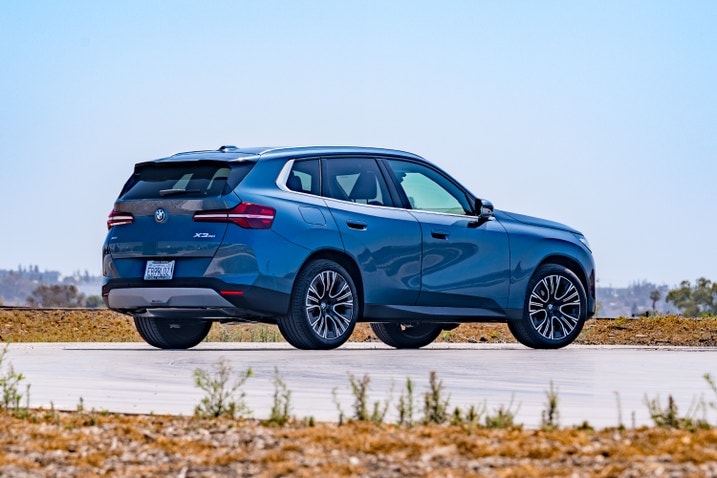
 by
by  edited by
edited by